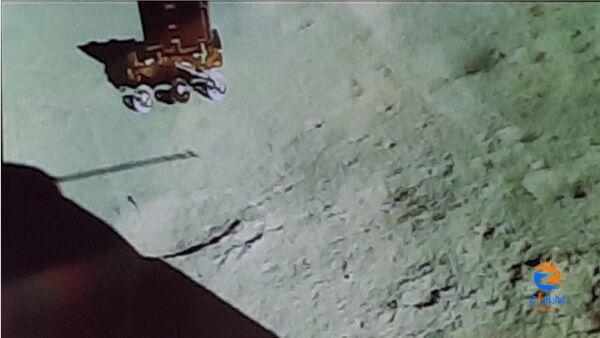
[ad_1]
The initial assessment of the first-ever measurements of the near-surface lunar plasma environment over the south pole region by RAMBHA-LP payload onboard Chandrayaan-3 lander indicates that plasma there is relatively sparse, ISRO said on Thursday.
Meanwhile, the ILSA payload on Chandrayaan 3 lander to study lunar seismic activity has not only recorded the movements of rover and other payloads, but also has recorded an event, appearing to be a natural one, on August 26. “The source of this event is under investigation,” ISRO said.
Also, ISRO said that the instrument for the Lunar Seismic Activity (ILSA) payload on Chandrayaan 3 Lander which is the first Micro Electro Mechanical Systems (MEMS) technology-based instrument on the moon has recorded the movements of Rover and other payloads.
Additionally, it has recorded an event, appearing to be a natural one, on August 26, 2023. The source of this event is under investigation.
The Instrument for Lunar Seismic Activity (ILSA) payload on the Chandrayaan 3 Lander is the first instance of a Micro Electro Mechanical Systems (MEMS) technology-based instrument on the moon. It has recorded the vibrations occurring due to the movements of Rover and other payloads.
ILSA comprises a cluster of six high-sensitivity accelerometers, which are indigenously fabricated using the Silicon Micromachining process. The core sensing element consists of a spring-mass system with comb-structured electrodes. External vibrations lead to a deflection of the spring, resulting in a change in capacitance which is converted into voltage.
ILSA’s primary objective is to measure ground vibrations generated by natural quakes, impacts, and artificial events. The vibrations recorded during the rover’s navigation on August 25, 2023, are depicted in the figure. Additionally, an event, seemingly natural, recorded on August 26, 2023, is also shown. The source of this event is currently under investigation.
The ILSA payload was designed and realised at LEOS, Bangalore, with the support of private industries. The deployment mechanism for placing ILSA on the lunar surface was developed by URSC, Bengaluru.
“Radio Anatomy of Moon Bound Hypersensitive Ionosphere and Atmosphere – Langmuir Probe (RAMBHA-LP) payload onboard Chandrayaan-3 Lander has made first-ever measurements of the near-surface Lunar plasma environment over the south polar region. The initial assessment indicates that the plasma near the lunar surface is relatively sparse,” ISRO said in a social media post. These quantitative measurements potentially assist in mitigating the noise that Lunar plasma introduces into radio wave communication. Also, they could contribute to the enhanced designs for upcoming lunar visitors, ISRO said
Download The Mint News App to get Daily Market Updates.
Updated: 31 Aug 2023, 09:12 PM IST
[ad_2]